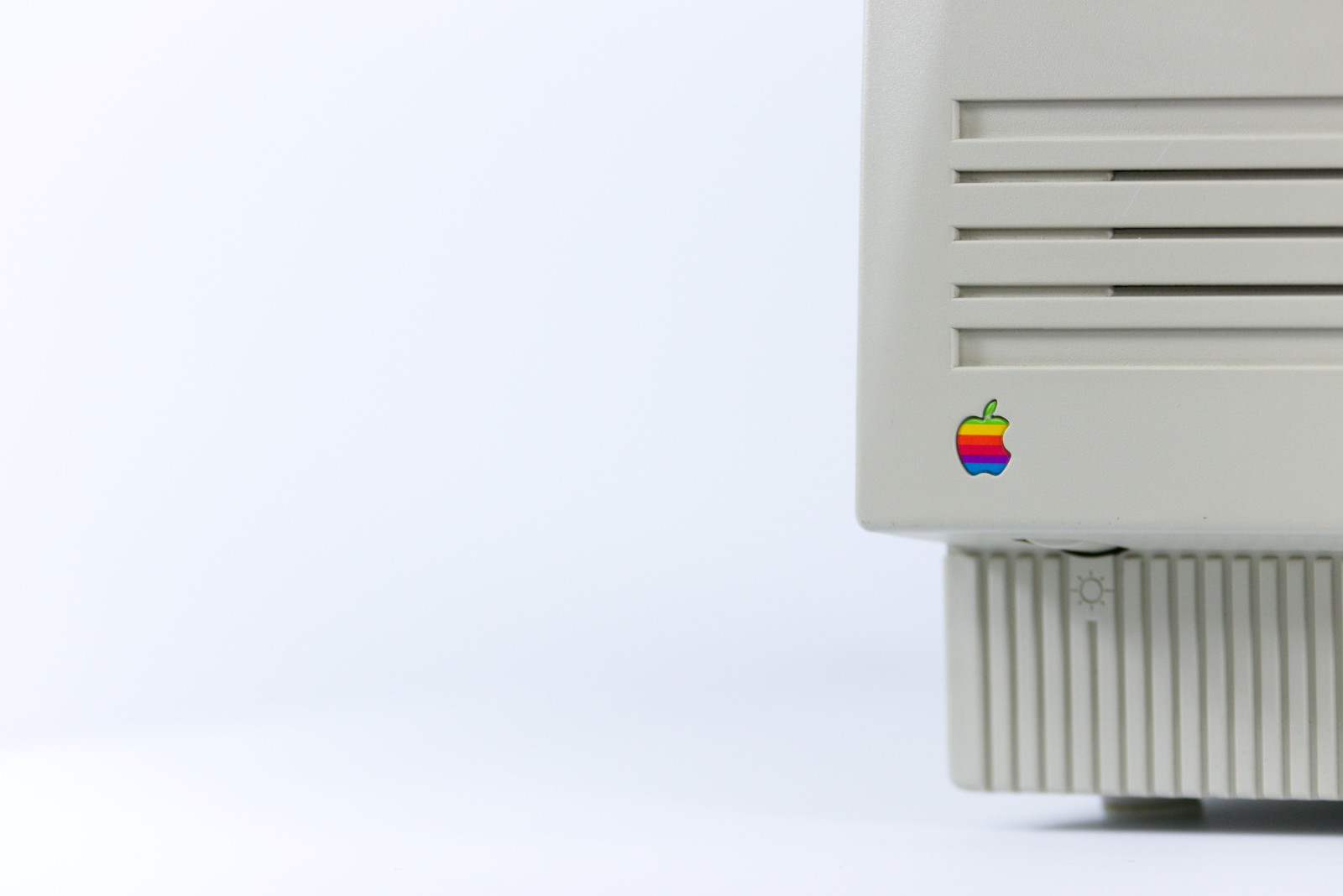Despite its hyper-futurism, 2023 was a return to the past

Photo: Tuur Tisseghem

From politics to tech to entertainment, the past few years can best be described as unprecedented. In 2023, daily life felt especially futuristic and surreal, with artificial intelligence dominating the discourse. Yet the closer you look at the year’s guiding trends, the more they begin to resemble the past — not a decade ago, but the early days of the internet and even pre-digital life, too.
Last year, MIDiA introduced the concept of scenes as the guiding force behind future marketing and A&R. The idea is that if entertainment consumption is fragmenting, and entertainment drives identity and culture, then identity and culture are fragmenting, too. The trend has only accelerated since, with the proliferation of online scenes that feel increasingly difficult to explain to outsiders, like coquette core and the revival of indie sleaze. Whereas the social media environment of the late 2010s was characterised by one-to-many posts under the umbrella of Big Tech, consumers are now increasingly segmented into semi-private digital spaces, whether unintentionally (via an algorithmic bubble) or intentionally (i.e., Discord, Close Friends Stories, BeReal, etc.).
Does any of this sound familiar? It should. In their widely-shared article earlier this year, “The Balkanization & Babelification of the Internet”, artists and cultural critics Rue Yi and Ruby Justice Thelot explained how we are returning to the earliest days of the internet, where digital communities were largely decentralised, existing in concealed “separate islands” like chats, email lists, and bulletin boards. Looking back at history, humans were also once only able to trade information within their local communities and those immediately adjacent, leading to the development of various sub-cultures and languages.
The deepening of creator culture has been the other guiding trend of 2023. For younger generations, consuming entertainment — whether that be music, film, TV, fashion — increasingly involves some form of creation. This happens largely via social media, but there are also IRL examples, like fan-made merchandise. Everything is a remix. Yet in music, even the blurring of the boundary between consumer and creator harkens back to the pre-recorded music era, when each music performance was unique and shaped by audience interaction. This sense of deja vu exists in other industries, too. Take Angelina Jolie’s new fashion venture, Atelier Jolie — where customers can have their old clothing upcycled by local artisans. It is the exact opposite of the mainstream, Shein-ified, fast fashion era, and a return to the past, when local artisans were the only way to get clothing, rendering each piece unique by definition.
Featured Report
Music subscriber market shares Q4 2024 Full stream ahead
Streaming market metrics are bifurcating. Label streaming revenues were up in 2024, indicating a much anticipated slow down in revenue growth. Yet, at the same time, music subscriber growth was nearly...
Find out more…MIDiA largely credits fragmentation to the natural result of living in a world where all content is available on-demand for cheap. Algorithms also play a strong role — first, by naturally segmenting consumers into niches, and secondly, by leading consumers to expect hyper-personalised content. (Complicating this is MIDiA’s headline 2024 prediction that “the algorithm is not listening anymore”: instead of supporting user priorities, algorithms increasingly push users to content that benefits the platform). But Yi and Thelot cite safety as the main motivation, with consumers migrating to gated communities to escape internet trolling and toxicity. Similarly, another one of MIDiA’s 2024 predictions is the rise of the threataverse — the growing trend of social platforms becoming toxic environments in which diversity of opinion is transforming into intolerance, divisiveness, and hate speech.
Whatever the driving factors, the result is that subcultures are developing their own languages, and it is becoming harder for consumers to feel a sense of shared reality and understand each other at all. This may be a contributor to the “loneliness epidemic” that is most pronounced in young people. This dissolution of a shared reality has far-reaching implications, but for music it means that it is getting harder to create “mainstream” hits or even define a “mainstream” at all. In many ways, this is a good thing. Not only does it promote diversity in art, but the resulting niche communities are often more engaged with their subjects than the passive masses of the mainstream media era. But it also means that music’s connective tissue is getting thinner. Music is supposed to bring people together. How do we let music do what it does best?
As much as technology has helped connect artists and audiences in new ways — from social media to livestreaming — it is equally important to consider where tech falls short. Even Yi and Thelot conclude that the world needs more “physical touch” — overcoming these subcultural “language” barriers by “circumvent[ing] words altogether”. While this may sound a bit trite, live music is one path towards connection, not to mention being arguably the only scarce entertainment experiences we have left. Festivals like Glastonbury are some of the only pathways to shared global (or at least regional) entertainment experiences. Other artists are forging connections by reinventing the live experience entirely. UK collective SAULT played their first-ever live show in London last week, where concert-goers headed to a secret venue to hear a new, unreleased album for the first and only time. Critics and fans alike are hailing the show as “jaw-dropping”, “magical”, and the best live experience of the year.
For all of its hyper-futurism, 2023 may have brought consumers closer to a pre-internet reality than ever. Maybe this means our strategy should go back to basics, too — emphasising music as a way to bring people together, as it always has done.

The discussion around this post has not yet got started, be the first to add an opinion.